How to Secure Your USB Drive with a Password in Windows 10
USB drives are inexpensive, portable, and convenient devices for securing, storing, sharing, or backing up digital files. They are especially useful for those who work on multiple computers throughout the day, as one drive can contain all their essential files and programs that they can use anywhere.
But with the advantage of portability comes a legitimate security concern – someone could easily take your USB drive and walk away with all your important documents. So, you might be wondering, “How can I protect my USB drive with a password?”
Luckily, Windows 10 has made this process incredibly simple. In this article, I will show you how to password protect your USB drive using Windows, along with other methods for securing USB drives.
How Can I Secure My USB Drive with a Password in Windows 10?
There are three main methods to protect your data on a USB drive, all of which rely on different encryption protocols to keep your data safe. You can either encrypt the entire drive, purchase a secure flash drive, or encrypt individual files.
Our Recommendation: The Best USB-C Hubs
Let’s now take a look at the steps you can follow to secure your USB drive.
Protecting the Drive Using BitLocker
The easiest way to protect your USB drive is to password protect the entire device. This ensures that all the content on the drive is secured, including any future additions you make to it.
While there are third-party encryption tools available for specific needs, for the majority of Windows 10 users, the built-in encryption tool, BitLocker, is more than sufficient. BitLocker works on various types of drives, not just removable USB drives, and it is both free and user-friendly.
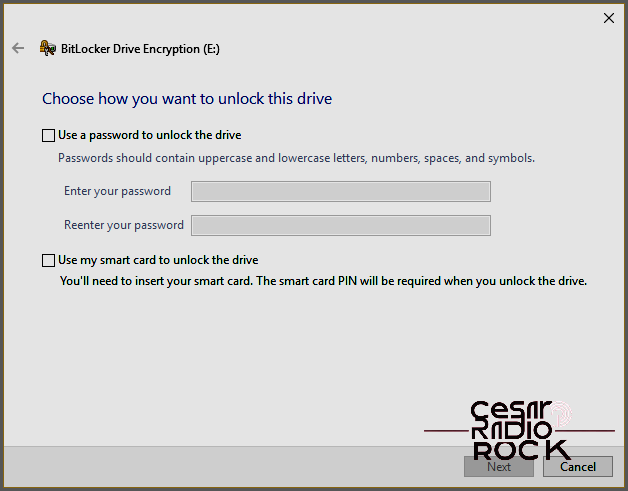
It only takes a few seconds to protect a drive with BitLocker.
Here’s how you do it:
- Insert your USB drive into your computer.
- In Windows Explorer, go to This PC and right-click on the USB drive.
- Select Turn BitLocker On.
- Choose ‘Use a password to unlock the drive’ and enter your password twice.
- Click Next.
- In the next window, select how you want to receive your recovery key and click Next.
- Select ‘Encrypt entire drive’ and then click Next.
- In the choose which encryption mode screen, choose ‘Compatible mode’ and click Next.
- Click Start encrypting.
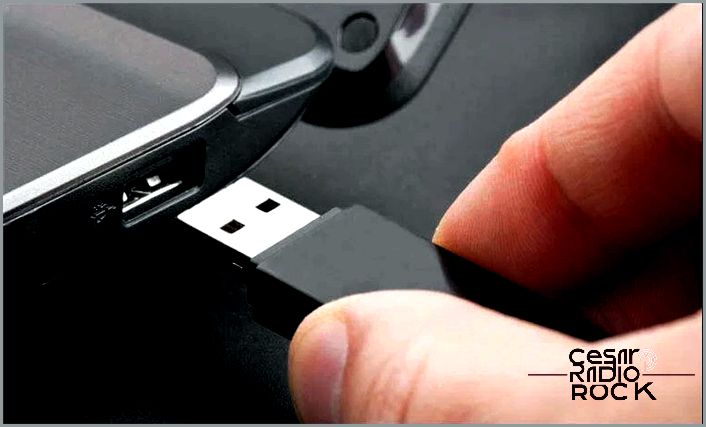

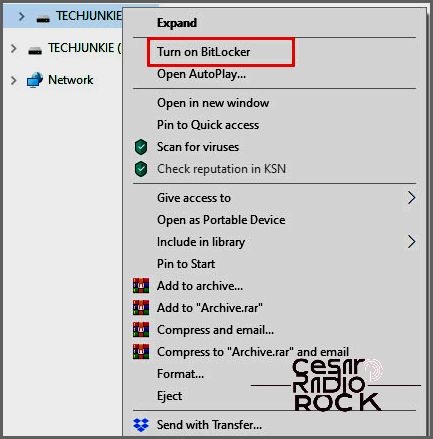
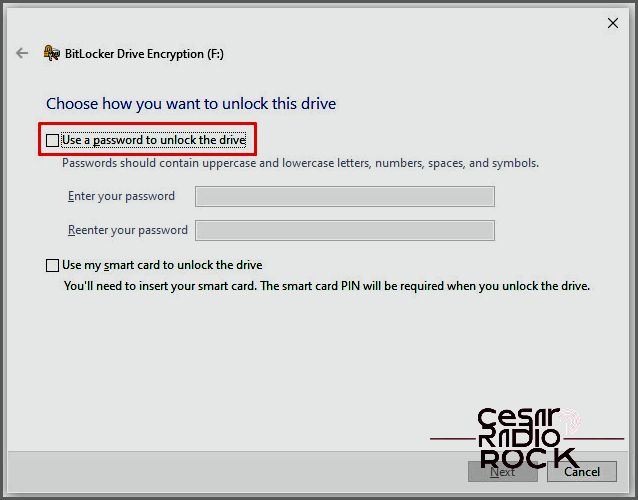


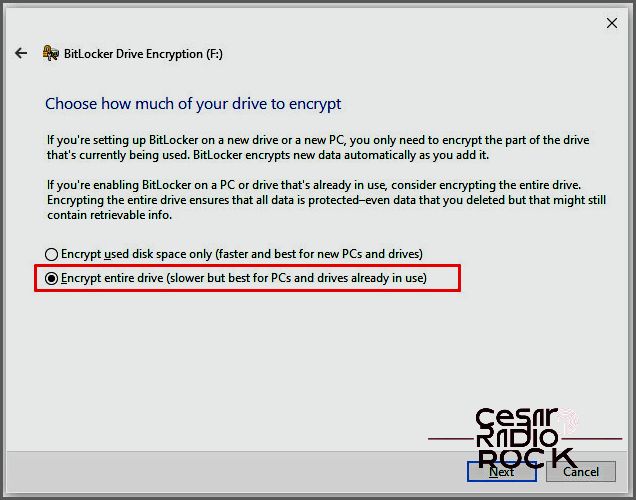
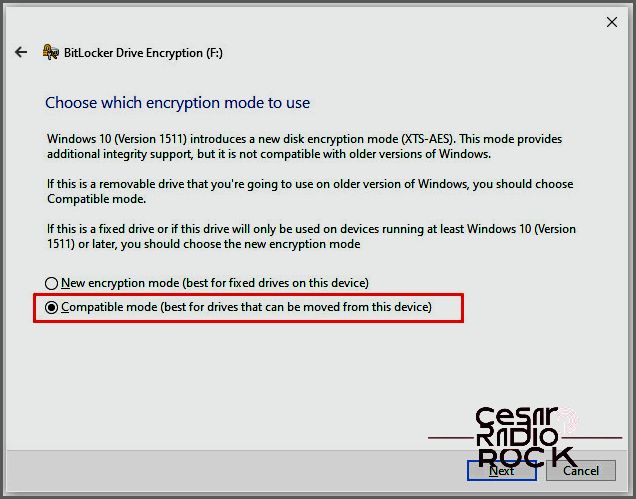

That’s it! The Explorer icon for your USB drive will now show a padlock. When you want to access the drive, just double-click it and you’ll be asked for your password.
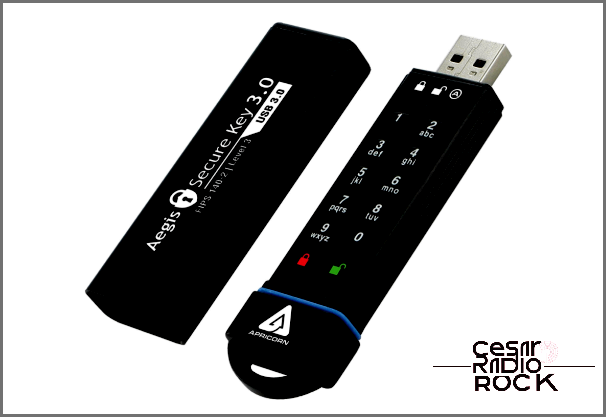
Keep Your Drive Secure with VeraCrypt
If you want to make sure your drive is protected, but you’re not fully confident in Microsoft’s built-in tool, you can try VeraCrypt. It’s a similar software package created by the company Idrix, and it’s free and open-source. In fact, VeraCrypt has even more features than BitLocker, but it’s still pretty easy to use when it comes to safeguarding a USB drive.
VeraCrypt offers a range of useful features, including whole encryption of storage devices like USB drives, automatic and real-time encryption, hardware-accelerated encryption, and even plausible deniability. It’s a comprehensive solution to keep your data safe.
Although the process of protecting a drive with VeraCrypt can be a bit tedious, it’s not overly complicated. Let me guide you through it:
- First, find and launch the VeraCrypt app by searching for “veracrypt” in your computer’s search box, selecting the app, and hitting enter. You can also use the Start Menu to find it. You can even click here to download it directly.

- Once you have VeraCrypt open, click on the “Create Volume” button. Then, select the option that says “Encrypt a non-system partition/drive,” and click “Next.”
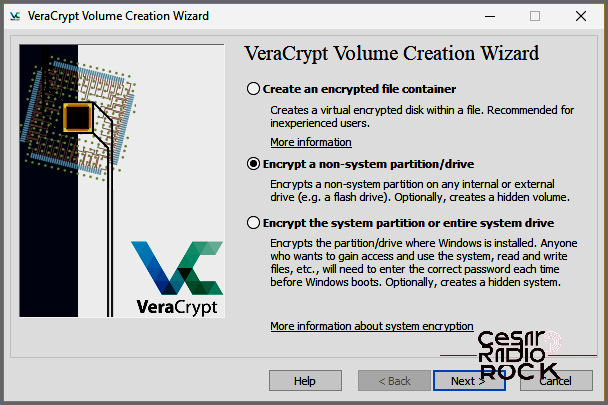
- On the next screen, choose the option that says “Standard VeraCrypt volume” and click “Next.”

- Now, click the “Select Device” button and choose your USB drive from the list of devices that appear. Then, click “OK” and “Next.”

- Next, you’ll have to decide how you want to encrypt your drive. If your drive already has data on it, select “Encrypt partition in place.” Be cautious though, as selecting the other option will override and erase any existing data on your drive. Click “Next.” If you’re protecting an empty drive, choose “Create encrypted volume and format it,” and then click “Next.”
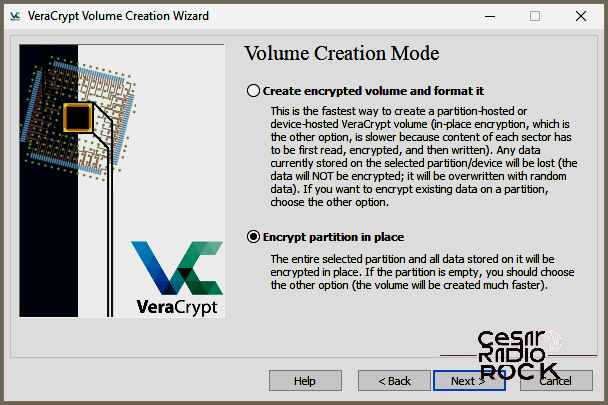
- Now it’s time to select the encryption method and hash algorithm you want to use. Generally, any option will be sufficient unless you anticipate the NSA chasing after your data. Once you’ve made your selection, click “Next.”
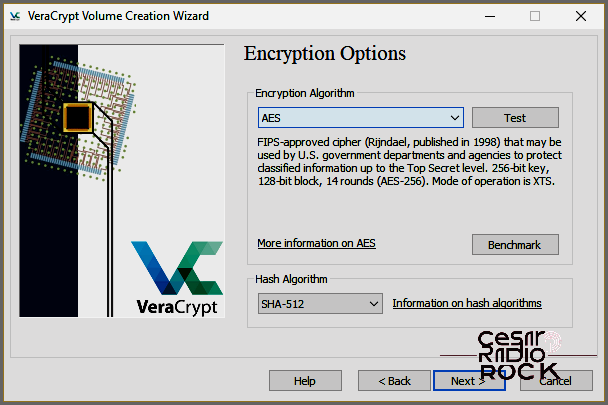
- After confirming the volume size, click “Next.”
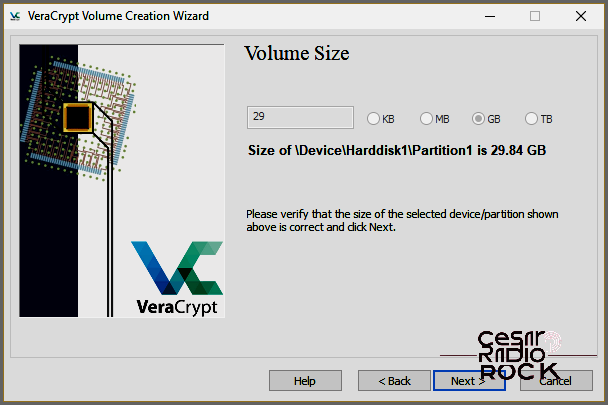
- Enter your desired password, confirm it, and click “Next.”
- Decide whether you’ll be storing large files on this partition or not, and then click “Next.”
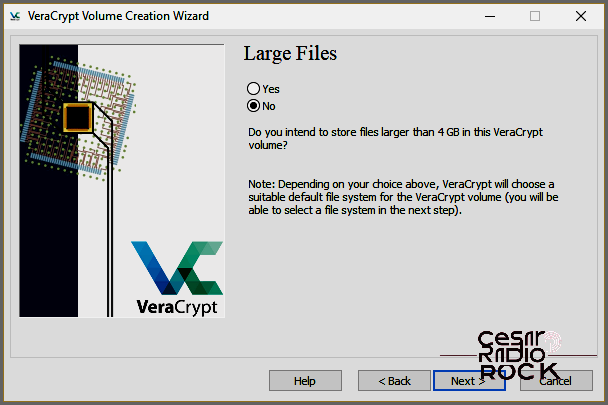
- In order to add some extra randomness to the encryption keys, move your mouse randomly around the VeraCrypt window. You’ll notice a progress bar turning green. Once it’s fully green, click the “Format” button to proceed.

- Confirm the format command and patiently wait. This process can take anywhere from a few minutes to over an hour, depending on various factors.
- Once the drive is formatted, you can mount it in VeraCrypt by entering your password. Then, your drive will be encrypted and ready to use!
Consider a Secure USB Drive
If you don’t use Windows 10 or prefer a USB drive with built-in hardware-based security, you’ll find some options on the market.
These secure USB drives may have physical keys on the casing for added protection, and some may require a software key or both. They often come with military-grade encryption, but they can be quite expensive. While a regular 32GB USB drive would cost around $10, a secure drive with the same capacity could go for over $130.
However, unless you really need military-grade encryption or a specific hardware solution, I’d recommend sticking to a standard drive and using VeraCrypt or BitLocker to ensure data security. After all, it’s hard to justify the cost when you can buy a regular drive for just a few dollars.
In cases where you don’t need to secure the entire drive but only specific files or directories, you have some other options available.
Secure Your Files with a Password on a USB Drive
If you just want to secure certain files or folders on your USB drive, instead of the entire drive, you can rely on Windows’ built-in password protection or use a file compression tool to add password protection. For example, if you use Microsoft Office, you can password protect individual documents quite easily.
Here’s a step-by-step guide:
- Open the document you want to protect and select “File.”

- Click on “Info” and choose “Protect Document” from the available options.
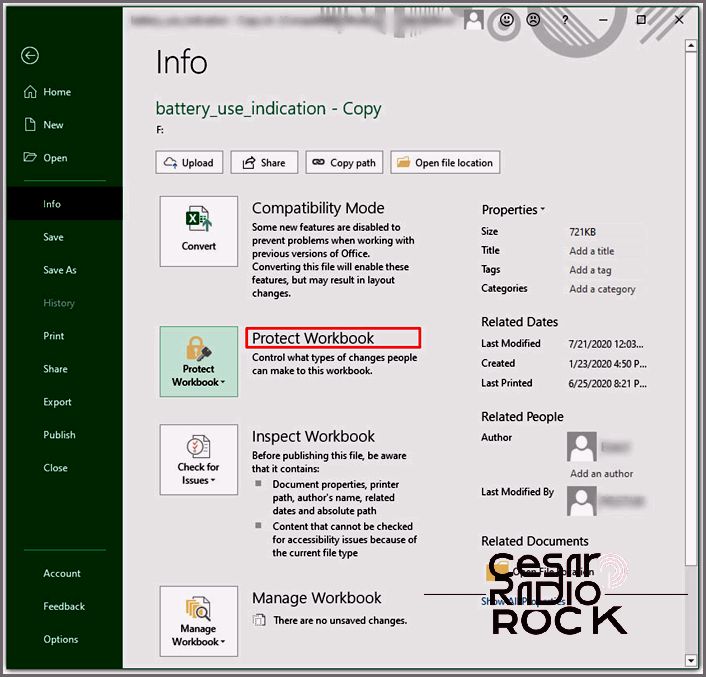
- Select the option that says “Encrypt with Password.”

- Enter your desired password and save the document. From this point forward, whenever you try to open the document, you’ll be prompted to enter the password.
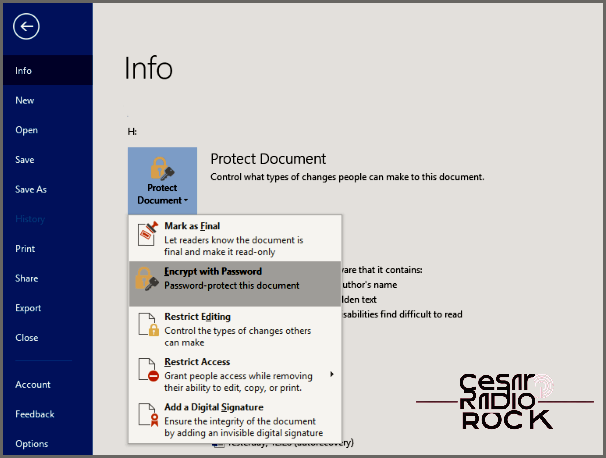
If you don’t have the option to use built-in encryption, you can use WinZip or WinRAR to compress the file and password protect it. Just right-click on the file and choose Add to Archive or Send To Compressed folder. Then, select the option to Set password or password protect. Enter and confirm your password, and the file will be compressed. Every time you want to access the file, you’ll need to enter the password before it can be decompressed.
Final Thoughts
These are three simple but very effective ways to password protect a USB drive in Windows. The method you choose depends on your specific needs and privacy requirements. Whichever option you go with, rest assured that your most important documents and files will be safeguarded.
Have any other suggestions? Feel free to share them with us below!
